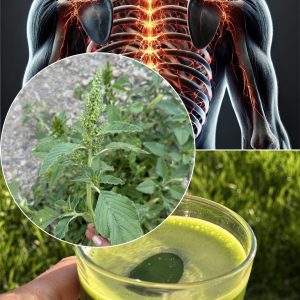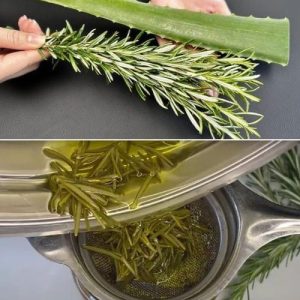Aloe vera gel is a wonderful natural remedy for skin and hair care, but it’s important to know how to preserve it properly to ensure it stays fresh and effective. Here’s a friendly guide on how to preserve aloe vera gel at home, so you can enjoy its benefits anytime.
Why Preserve Aloe Vera Gel?
Fresh aloe vera gel can spoil quickly if not stored properly, losing its beneficial properties. By preserving it, you can extend its shelf life and have a ready supply for your skin and hair care needs.
Step-by-Step Guide to Preserve Aloe Vera Gel
1. Harvest the Gel:
Select a Healthy Leaf: Choose a thick, healthy leaf from the base of the aloe vera plant. Older leaves tend to have more gel.
Cut and Extract: Cut the leaf close to the base, wash it thoroughly, and let it sit upright in a bowl for 10-15 minutes to allow the yellow latex to drain out. This latex can be irritating to the skin.
Peel and Scoop: Using a sharp knife, peel off the outer skin and scoop out the clear gel with a spoon.
2. Blend the Gel:
Place the scooped gel in a blender and blend until smooth. This will help in even preservation and easier application later.
3. Add a Natural Preservative:
Vitamin C or E: Adding a natural preservative like vitamin C or E can help extend the shelf life of the aloe vera gel. Add one teaspoon of vitamin C powder or squeeze the oil from two vitamin E capsules into the blended gel and mix well.
4. Store Properly:
In the Refrigerator: Transfer the blended and preserved aloe vera gel into a clean, airtight container. Store it in the refrigerator where it can last for up to one week.
Freezing: For longer storage, pour the gel into ice cube trays and freeze. Once frozen, transfer the aloe vera cubes to a zip-lock bag or airtight container and keep them in the freezer. This way, the gel can last for up to six months. Simply take out a cube when needed and let it thaw before use.
Additional Tips
Label and Date: Always label your container with the date you prepared the gel to keep track of its freshness.
Hygiene is Key: Use clean utensils and containers to avoid contamination and ensure the longest shelf life possible.
Avoid Metal Containers: Store the gel in glass or plastic containers, as metal can react with the gel and reduce its effectiveness.
Conclusion
Preserving aloe vera gel at home is simple and ensures that you always have this natural remedy at hand. Whether you choose to refrigerate or freeze it, properly stored aloe vera gel can provide lasting benefits for your skin and hair. Follow these easy steps to enjoy fresh, effective aloe vera gel anytime you need it!





